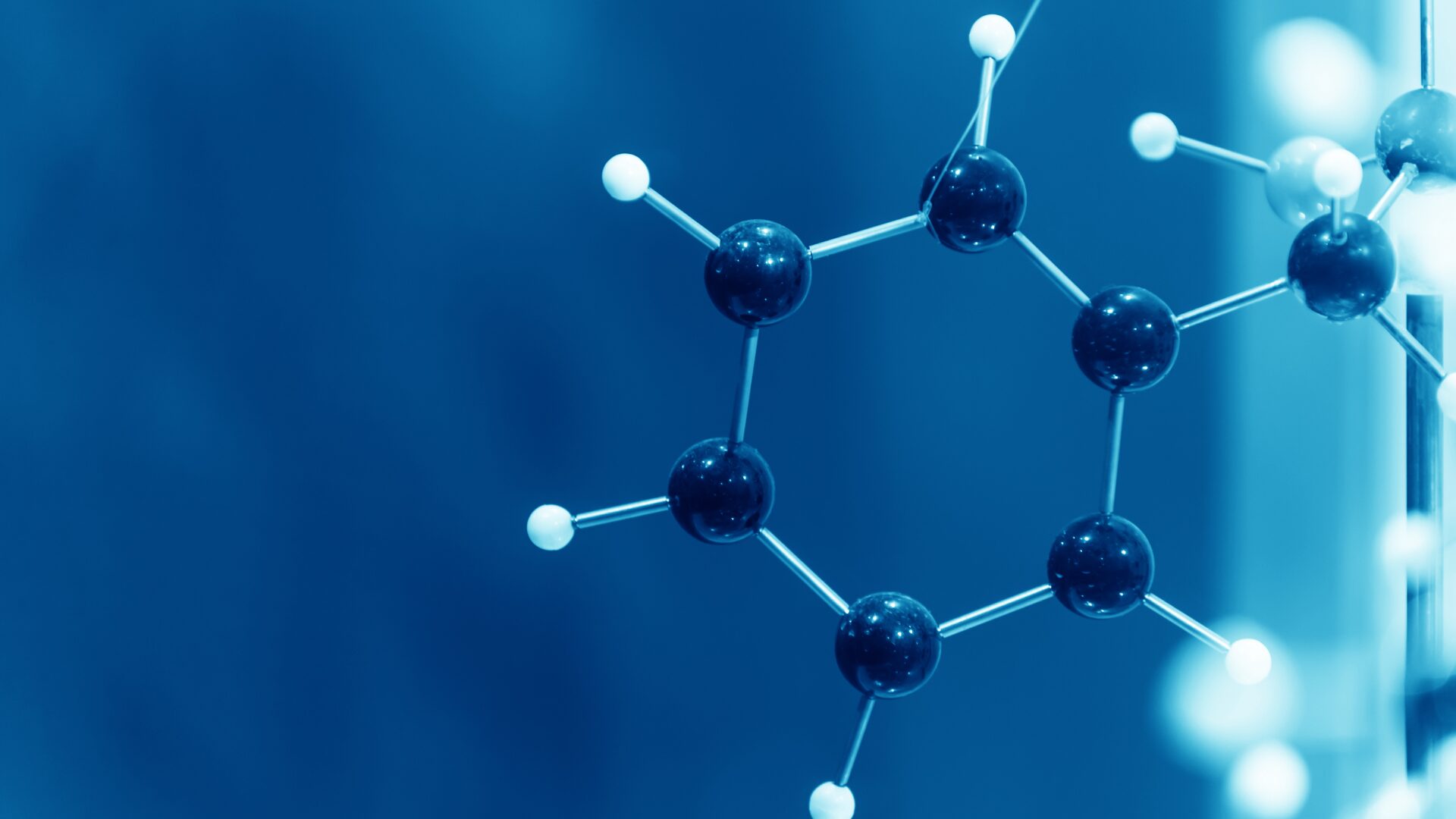The bioeconomy — understood as the production of biomass, and its conversion into food, materials, and bio-based products (including biochemicals) and bioenergy — generated €728 billion in value added and employed 17.2 million people in the EU in 2021. This represents 5% of the EU’s gross domestic product and 8.2% of its employment.
These figures highlight the growth potential of a regenerative bioeconomy that contributes to the EU’s competitiveness, strengthens its industrial base, further reduces dependency on fossil fuels, and stimulates rural areas.
The European Council’s Strategic Agenda for 2024–2029 has called for the development of a more circular and resource-efficient economy, driving the industrial development of clean technologies and fully harnessing the benefits of the bioeconomy — including for regional development.
However, as underlined in the Competitiveness Compass, the bioeconomy, while integrated into the European market, is at risk of suffering from a “persistent productivity growth gap”.
In line with the Competitiveness Compass, the Green Deal Industrial Plan, and the European Climate Law, the bioeconomy plays a key role in helping the EU meet its climate and energy targets for 2030 and achieve climate neutrality by 2050, while also tackling biodiversity loss and pollution.
According to the Vision for Agriculture and the Food Sector, the bioeconomy and circularity are key tools to enable agriculture, forestry, and the entire food system to reduce external dependencies, diversify income sources, and strengthen the role of primary producers.
According to the European Commission, the implementation of the 2012 Bioeconomy Strategy and its 2018 update made significant progress in terms of research and innovation.
Nonetheless, trade-offs and a fragmented policy framework continue to hamper the EU’s ability to achieve a leading position in a fast-growing market, capitalising on bio-based materials, biomanufacturing, biochemicals, agri-biotechnology, and food technology — all of which have significant growth potential.
Against this backdrop, the Commission’s 2025 work programme has announced the launch of a new Bioeconomy Strategy by the end of 2025.
This strategy is expected to promote more circular and sustainable production and consumption of biological resources for food, materials, energy, and services, offering potential alternatives to fossil fuels.
The new strategy will target farmers, foresters, industry and businesses — especially SMEs and EU start-ups — as well as rural and coastal areas. It will help bridge the innovation gap and contribute to the success of the green transition.
The strategy will aim to reduce pressure on limited resources through innovation in primary production, enhanced circularity, and resource efficiency.
It will also address existing barriers between bioeconomy innovations and market uptake, and will identify the drivers of these innovations and solutions.
The EU bioeconomy can boost competitiveness by increasing the use of sustainable biomass in high-value applications within a circular and efficient approach to limited biomass resources.
Additional funding will be needed to move bioeconomy solutions from the development stage to commercialisation.
Several obstacles are slowing or hindering development, largely due to cost competitiveness issues, uneven playing fields in the single market vis-à-vis fossil-based resources, complex regulatory barriers, incoherent EU legislation and enforcement, insufficient financing linked to high-risk investment needs, funding gaps, and inadequate infrastructure.
The sectors and value chains dependent on biological resources and bioeconomy solutions often span several Member States and frequently have a global dimension — this applies to primary production, but also to value chains such as food, paper, chemicals, construction, and textiles.
Likewise, environmental, circularity, energy, and climate-related challenges transcend national and regional borders, disproportionately affecting vulnerable populations.
Therefore, many of the key challenges, barriers, and trade-offs related to the production, processing, and use of natural resources and biomass are best addressed and/or coordinated at EU level, in close cooperation with the Member States.
Activities in research, innovation, funding, demonstration, deployment, and commercialisation benefit from an EU-level approach, leveraging the single market and cooperation between Member States and regions.
Coordination at EU level will be essential for the efficiency and effectiveness of these activities.
This coordination will also strengthen governance and monitoring of the bioeconomy, which spans numerous sectors, Member States, and regions. It will support a bioeconomy-friendly regulatory framework at EU level, promote coherent policies, ensure a level playing field across the single market and all Member States, and place appropriate emphasis on shared EU-level priorities.
Thus, the Bioeconomy Strategy aims to enhance the EU’s competitiveness and increase the number of green jobs, while ensuring that the different uses of biomass are balanced with the ecological limits of ecosystems.
This should contribute to bringing innovative bioeconomy solutions to the market, while ensuring the long-term sustainable supply of biomass and actively cooperating with international partners.
In summary, the new Strategy is expected to:
-
Ensure the long-term competitiveness of the EU bioeconomy and investment security;
-
Increase the efficient and circular use of biological resources;
-
Guarantee a competitive and sustainable biomass supply, both within and beyond the EU;
-
Position the EU in the rapidly expanding international market for bio-based materials, biomanufacturing, biochemicals, and the agri-food and biotech sectors.
Our team remains at your disposal for further information.






